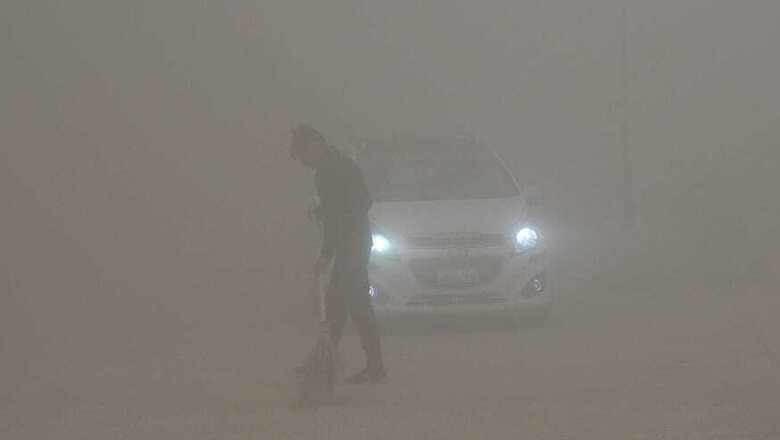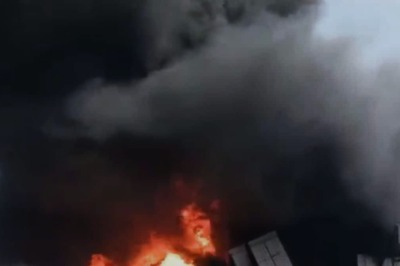
views
Noida: Huge quantities of dust and grit enveloped the national capital for the fourth consecutive day leaving no respite to the Delhiites, who are already reeling under scorching heat and the searing anti-cyclonic winds from Rajasthan.
But why has the staggering air pollution level, which was until now a winter phenomenon — owing to annually occurring factors such as crop burning, firecracker smoke and vehicular pollution — taken Delhi by storm (literally!) in June?
Well, the answer lies in the Aravalli, a range of oldest fold mountains in India. Spread over an area of 692 km, the Aravallis cover the states of Gujarat, Rajasthan, Delhi and Haryana. Not only does it help protect the wildlife and biodiversity, and enhance precipitation, but it also acts as a cover against the dust-laden hot winds from Rajasthan and Baluchistan.
In short, had it not been for Aravalli, Delhi would have been transformed into a desert.
However, encroachment and overexploitation for mining and construction, and changing climate, among other factors, has degraded the pristine ecosystem. In fact, it is the most “degraded" forest range in India, a study by the Wildlife Institute of India (WII) of the Aravalli hills in southern Haryana noted.
According to HS Saini, Director, Geological Survey of India, a large mound of dust and sand have formed in different parts of Rajasthan close to Haryana. Minus the Aravalli hills, the sand particles would have flown directly to Delhi.
“The government agencies themselves are hell-bent on destroying Aravalli. Gurugram (which is an extension of Aravalli) had more than 33 per cent forest cover in 1958, which has now been reduced to some 2-4 per cent. Because of that, there’s much less rainfall, which, in turn, has increased the danger of desertification in Delhi," Ashok Diwakar, a PhD (Geology) scholar from JNU, exclaimed.
Two-third of the Thar desert is in India, the three-fourths of which lies in Rajasthan. “Had it not been for the Aravalli, Delhi would have been close to the Thar (desert)," says environmentalist N Shivakumar, suggesting the need for ‘aerial seeding’ — a technique of sowing seeds by spraying them through aerial mechanical means such as a drone, plane or helicopter.
‘Save Aravalli’ is a volunteer’s group that creates awareness among the younger generation to restore the lush green mountain range. Founder Jitendra Bhadana blames the politicians, bureaucrats, a few spiritual gurus, and builders for the degradation of Aravalli.
“Illegal mining continues (in Aravalli) despite the Supreme Court ruling. Trees are being felled indiscriminately. The wildlife is being killed to capture the forest. Mountains are being broken. Scanty rainfall has further aggravated the danger of desertification of Delhi," he said.




















Comments
0 comment